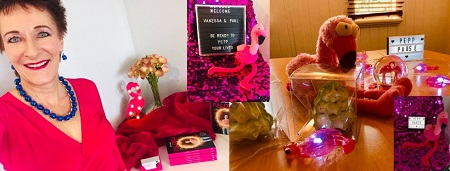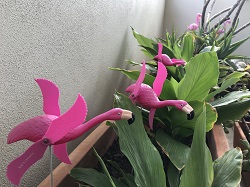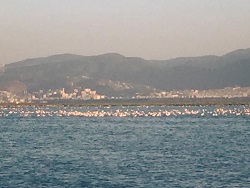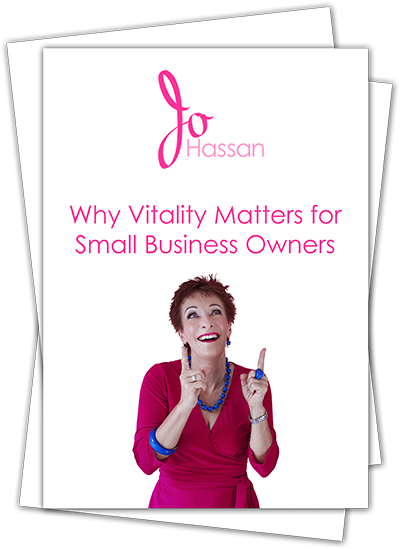Because I wanted to have some Friday FUN, and tomorrow is “World Flamingo Day”, yes that really is a thing (recognised on 23rd June since 2007), I thought I’d share some random thoughts about PEPP® (Purpose – Energy – Pleasure – Profit) and Flamingos.
I’ve loved flamingos for many years perhaps because they are (mostly) PiNK. I can recall seeing a fortune teller a couple of days after turning 30 and when she asked me what animal I related to I replied “flamingo”. Even at the time I wasn’t sure why but thought it was because I’d just had a Pink Party and/or because I used to sleep with one leg in that “flamingo balancing” stance!
So, flamingos PURPOSEfully transition from the white or grey colour they are at birth to pink by eating crustaceans like prawns. They are coloured by the high amount of Beta Carotene in their food at about 3 years. Some even get to be dark pink or nearly red.
Although they can both fly and swim, they generally live in areas with shallow water and ENERGeticallY stomp their webbed feet in the mud to stir up the water to make the food come to the surface and be easier to find!
They can carefully moderate their ENERGY usage to the point of being able to sleep whilst standing up and can even change legs without losing balance or waking. They can also store enough energy to move as far as 500 kilometres in a night when migrating.

There are several names for a group of flamingos including flock, stand and regiment. My favourite though is “flamboyance”. A flamboyance of flamingos may be as large as 10,000 pairs. They are social birds and a male and female take PLEASURE in building a nest and caring for the young together. They feed their young directly from a secretion made in the throat and even this is bright pink! Both male and female do this until the beak of the baby is hard enough that they can find their own food.
Many places PROFIT from an interest in flamingos. Zoos and safaris are the obvious but there are resorts such as Flamingo Beach at Renaissance Private Island in Aruba in the Caribbean where flamingos wander freely amongst the holiday makers lounging on the beach.
Fake flamingos were a hugely popular kitsch garden decoration item in the United States in the 1950’s and have enjoyed a resurgence in popularity over the last couple of years with many retailers selling everything from huge inflatable flamingos for swimming pools to fairy lights for festive trees. Over the last few years I’ve certainly enjoyed easier access to flamingo theming to add some playful fun to my PEPP Pause quarterly client days. I enjoy being surrounded by a variety of birds that include ones made from neon light, glass, beads, plastic, feathers and fur. I also have flamingo socks, sunnies, jewellery… the list goes on…

Not everyone is so assured as to be surrounded by them though: Lewis Carol’s “Alice in Wonderland” includes both statements “I’m doubtful about the temper of your flamingo” and “flamingos and mustard both bite” in a dialogue between Alice and the Duchess.
All species of flamingo are listed in CITES (Convention on International Trade in Endangered Species of Wild Fauna and Flora) Appendix II as being endangered, threatened and in need of protection if trade is not regulated.

With that in mind, I was completely thrilled when I randomly mentioned my interest in flamingos whilst visiting family in Turkey last year, and they were pointed out as a distant view from the balcony of the apartment I was staying in. What a FUN memory it was when we went for a closer look…I hope these birds enjoy World Flamingo Day and are not at risk from the growth of residential development which is quite close by.


Well done to the author. Such a article.
Thank you so much for doing the remarkable job here, everyone will
certainly like your post.
Best regards,
Dinesen Schneider